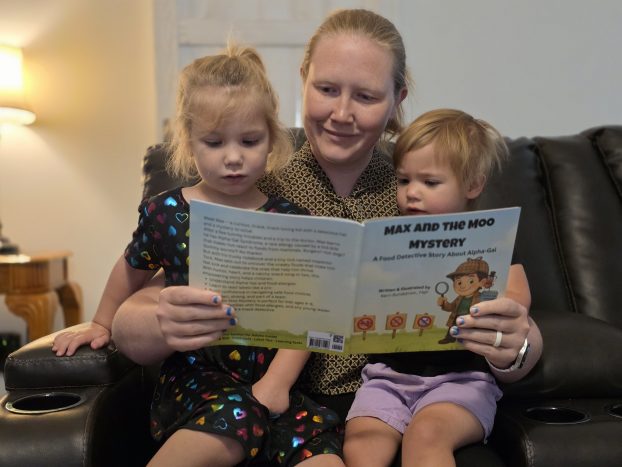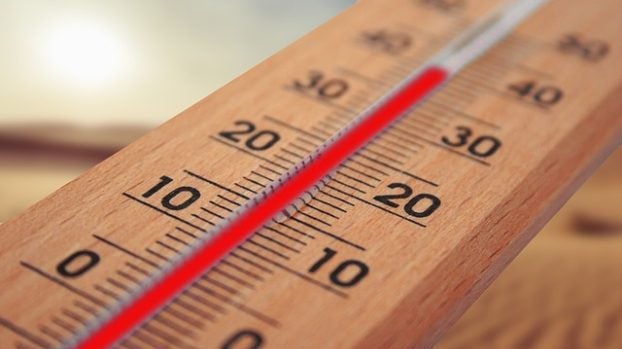Student loan forgiveness: It’s not for everyone
Published 5:03 pm Saturday, September 10, 2022
|
Getting your Trinity Audio player ready...
|
Late last month, President Joe Biden announced a student loan forgiveness plan that could lessen the payback burden for millions of Americans faced with high college debt.
Since the beginning of the COVID-19 pandemic, the federal government has paused the repayment of student loans, but that is set to expire on Dec. 31, with payments resuming in January.
Biden’s plan calls for thousands of dollars of debt to be wiped away from borrowers.
Trending
Up to $20,000 to Pell Grant recipients and up to $10,000 to non-Pell Grant recipients will be forgiven according to the plan.
Borrowers are eligible if their individual income is less than $125,000 or $250,000 for households.
According to a Department of Education analysis, the typical undergraduate student with loans now graduates with nearly $25,000 in debt.
Residents weigh in
The thought of borrowers receiving debt forgiveness and other taxpayers possibly faced with carrying the burden is not something one Victoria woman, who did not want her name mentioned, agrees with.
“Personally, I never took out a student loan, and I don’t believe I should have to pay for one,” she said. “Not only is it not fair for those who have never taken out a student loan (by either choosing not to go to school or choosing to jump into their career.”
Trending
For Charlotte County resident Monique Williams she says this debate is why Financial Planning and Education are so vital and that Economics and Personal Finance should be a focus on postsecondary education costs and taken during senior year of high school.
“I pay my student loans faithfully each month … a little over $586,” Williams said. “And that’s on an income-driven plan. Before that … $1287. I recall how many times it kept me from qualifying for a mortgage.
A look at the numbers
Since 1980, the total cost of both four-year public and four-year private colleges has nearly tripled, even after accounting for inflation.
White House officials say Pell Grants once covered nearly 80 percent of the cost of a four-year public college degree for students from working families but now only cover a third.
This leaves students from low- and middle-income families with no choice but to borrow if they want to get a degree..
What is a Pell Grant?
Created by the Higher Education Act in 1965 as a way to promote access to education, federal Pell grants are scholarships reserved for undergraduates and students with significant financial needs.
According to the press release from the White House, almost 8 million borrowers could be eligible to get their relief automatically because their relevant income data is available to the Education Department.
However, in order to be sure that borrows are on the list, beginning in October, those who have student loan debt can start to file for forgiveness.
The application will be available before the payment pause stops at the end of December. To be notified when the application is open, you can sign up at the Department of Education subscription page at https://www.ed.gov/subscriptions.





